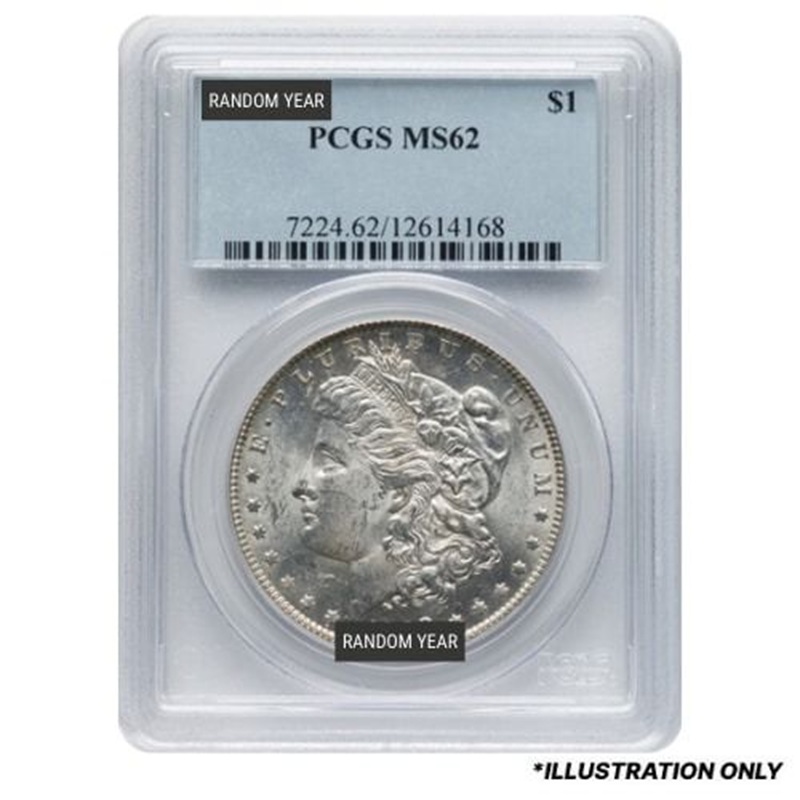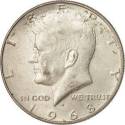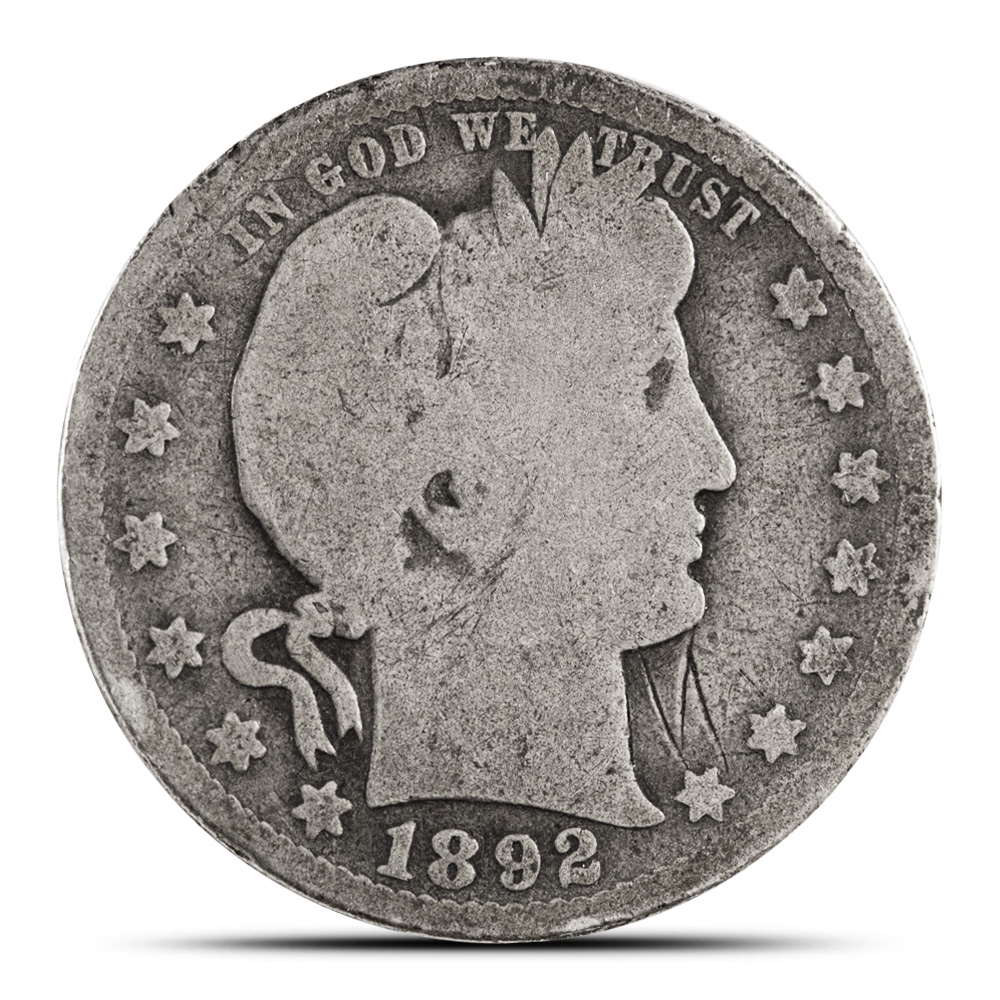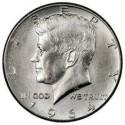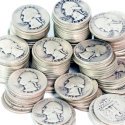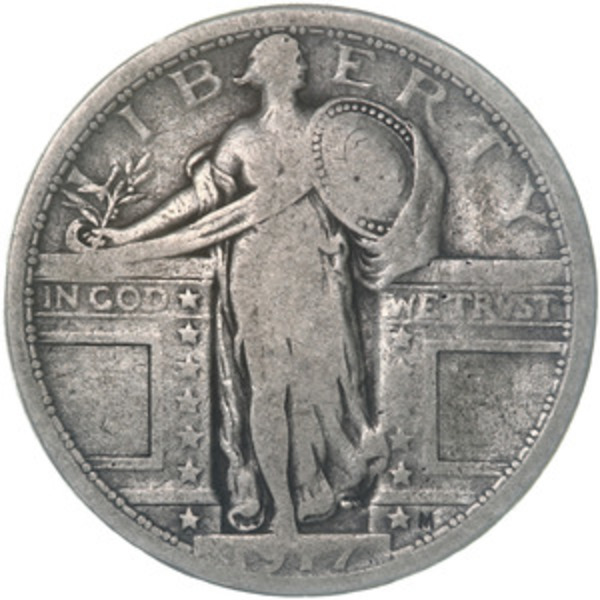1932-1964 Washington Quarter Melt Value
Determining the current price of silver coins is a straightforward process once you know the silver content of the coin and the current market price, often referred to as the silver spot price.
US Mint Silver Coin Melt Values
| Description | Face Value | ASW | Melt Value | Per $1 Face | Per Bankroll | |
|---|---|---|---|---|---|---|
| Washington Quarter | 1932-1964 Washington Quarter | $0.25 | 0.17875 | $12.84 | $51.37 | $513.73 |
1932-1964 Washington Quarter
The 1932-1964 Washington Quarter was introduced to commemorate the 200th anniversary of George Washington's birth. It was intended to be a temporary issue, but became the standard twenty-five cent piece. The coin features a design by engraver John Flanagan with a left facing bust of Washington on the obverse. The reverse depicts an eagle with outstretched wings, a design element retained until the introduction of the American the Beautiful 50 State Quarters Series in 1998. Until 1964, the Washington quarter was minted with 90% silver and 10% copper, making them highly popular with both coin collectors and silver investors.
Design and Specifications
The quarter was designed by sculptor John Flanagan, whose work was selected through a design competition put forth by the U.S. Treasury and the Fine Arts Commission. The design would remain in use for more than six decades, making it one of the most iconic coin designs in U.S. history.
- Composition: 90% silver, 10% copper
- Diameter: 24.3 mm
- Gross Weight: 6.25 grams
- Silver Content: 0.1808 troy ounces
- Edge: Reeded (119 reeds)
Artists were invited to submit designs for a commemorative half dollar, but the Treasury later decided to issue a replacement for the Standing Liberty Quarter.
Popularity with Collectors
Collectors are drawn to Washington quarters for their historical significance, relatively high mintage numbers, and enduring design. . The fact that these quarters were part of everyday circulation also enhances their nostalgia value. Quarters in better condition, especially those in uncirculated grades, can command higher prices due to their numismatic value. Key dates, such as the 1932-D and 1932-S quarters, are rare and sought after by collectors.
Washington Quarter Values
Silver quarters from 1932-1964 are particularly valuable to investors because of their silver content. Each contains about 0.1808 troy ounces of silver, making them appealing for their intrinsic silver value. These Washington quarters are considered a reliable investment with their value fluctuating based on silver prices. As a tangible investment, these coins are easily liquidated and recognized for their purity. Additionally, the small denomination, recognizable value, and intrinsic value make them practical for bartering and trade in the event of a financial system breakdown.
Mintage Numbers
Washington quarters were minted at Philadelphia, Denver, and San Francisco. Mintage numbers varied by year, with some years seeing significantly lower production, making some years more valuable. For example, in 1932, both the Denver and San Francisco mints produced fewer than half a million quarters, creating rarity and driving up their value. Quarters in better condition, especially those in uncirculated grades, can command higher prices due to their numismatic value. Key dates, such as the 1932-D and 1932-S quarters, are rare and sought after by collectors.
Rare Quarter Varieties and Valuable Error Coins
Some Washington quarters are highly collectible due to rare varieties or minting errors.
Double Die Errors
- 1937 Double Die Obverse - The 1937 Washington Double Die Obverse (DDO) is a well-known variety in which George Washington's profile exhibits strong doubling in specific areas of the coin. This doubling can also be seen in prominent parts of the design, including the lettering and the date "1937." The doubling results from a misalignment during the die creation process, where the hub imprints the die more than once in slightly different positions. In circulated condition, these coins can range in price from around $150 to $300. Coins in higher grades that have been authenticated and graded by professional services like PCGS or NGC tend to sell for higher amounts, typically ranging from $600 to over $2,000, depending on the level of preservation and the prominence of the doubling.
- 1950-D/S Overmint Mark - The 1950-D/S Washington Quarter Overmint Mark (OMM) error is a notable variety where the "D" mint mark (Denver Mint) was punched over an "S" mint mark (San Francisco Mint). This occurred when a die initially intended for the San Francisco Mint was later reassigned to the Denver Mint, resulting in a visible "S" under the "D" on the coin. The value of circulated coins can range from $50 to $150, depending on condition. In Mint State grades, the value can range from $300 to over $1,000, especially if the coin is graded by a professional service like PCGS or NGC.
Washington quarters were initially intended to be a one-year commemorative issue, but their popularity extended their production indefinitely. Collectors and investors alike value these coins not only for their monetary worth but also for their historical and sentimental significance. Silver quarters provide a bridge between numismatics and tangible precious metals investing, making them highly versatile and sought after in various circles.

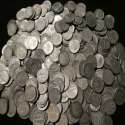
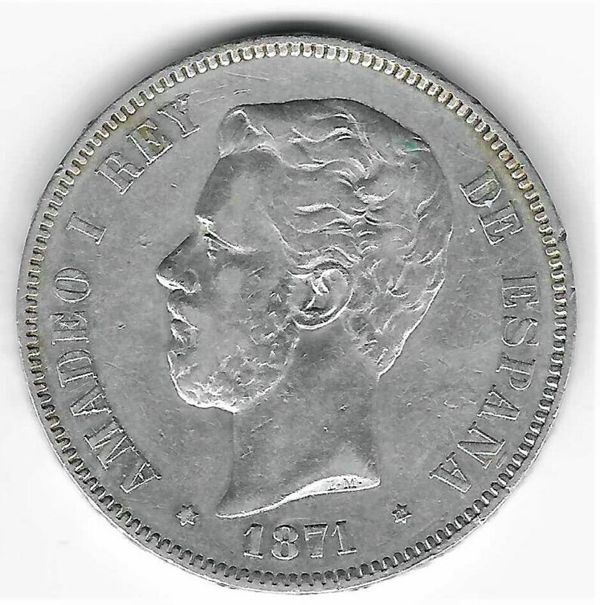
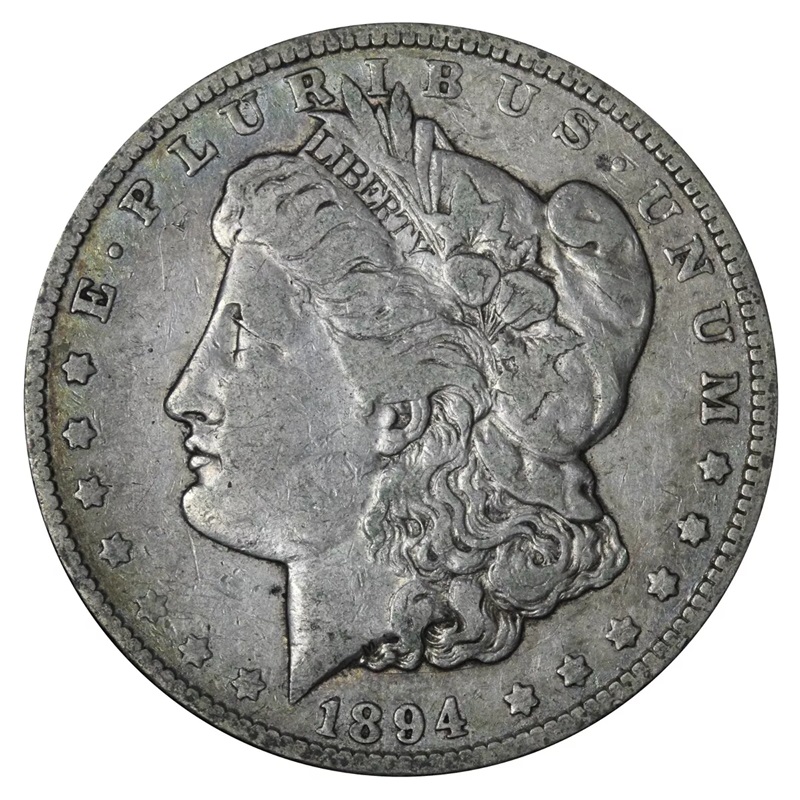
.jpg)
